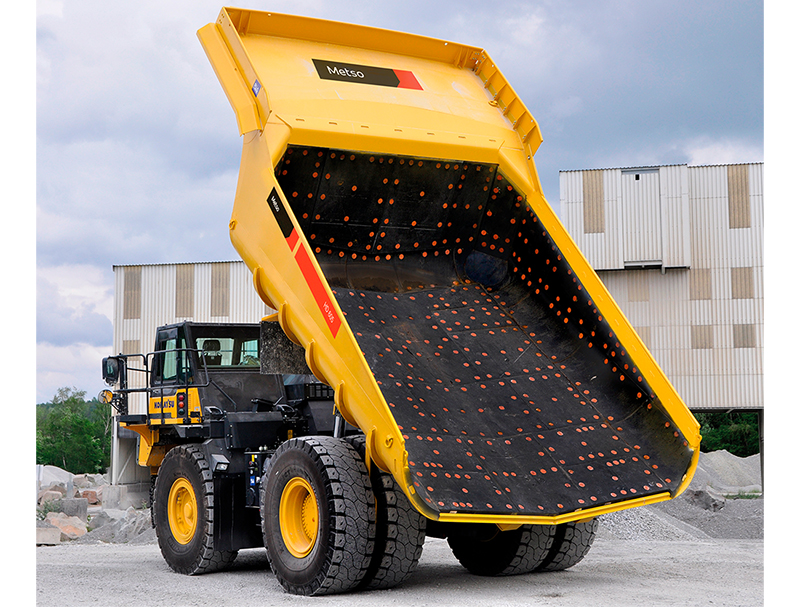Carbon emissions from
The new £13.4million (€16.2million)
According to Tarmac, the Maerz kiln is the most efficient lime kiln currently available. By pre-heating the feed limestone, much of the heat is recovered; ensuring less energy per tonne of lime is required in production. The new kiln will reduce carbon emissions per tonne of quicklime by 40% and cut sulphur dioxide by over 90%.
Managing greenhouse gas emissions and reducing energy use are key sustainability commitments for Tarmac. This new kiln will help to better manage the environmental impact of our operations and reduce energy consumption,” said Tarmac head of sustainability Dr Martyn Kenny, Head of Sustainability. “Investing in new, more efficient technology is vital to delivering the sustainability targets that are central to our business strategy, and also helps to ensure that we run our operations as costs effectively as possible.”
Fuelled by natural gas, the Maerz kiln processes 40-20mm limestone to produce high-purity quicklime (calcium oxide), a product commonly used in industrial effluent treatment, concrete building blocks, steel making and soil stabilisation.
It took nearly two years to complete the design and construction of the new kiln, which consists of two inter-connected, vertical shafts connected to each other by a cross-over channel, which are fired in sequence to achieve excellent energy efficiency.














